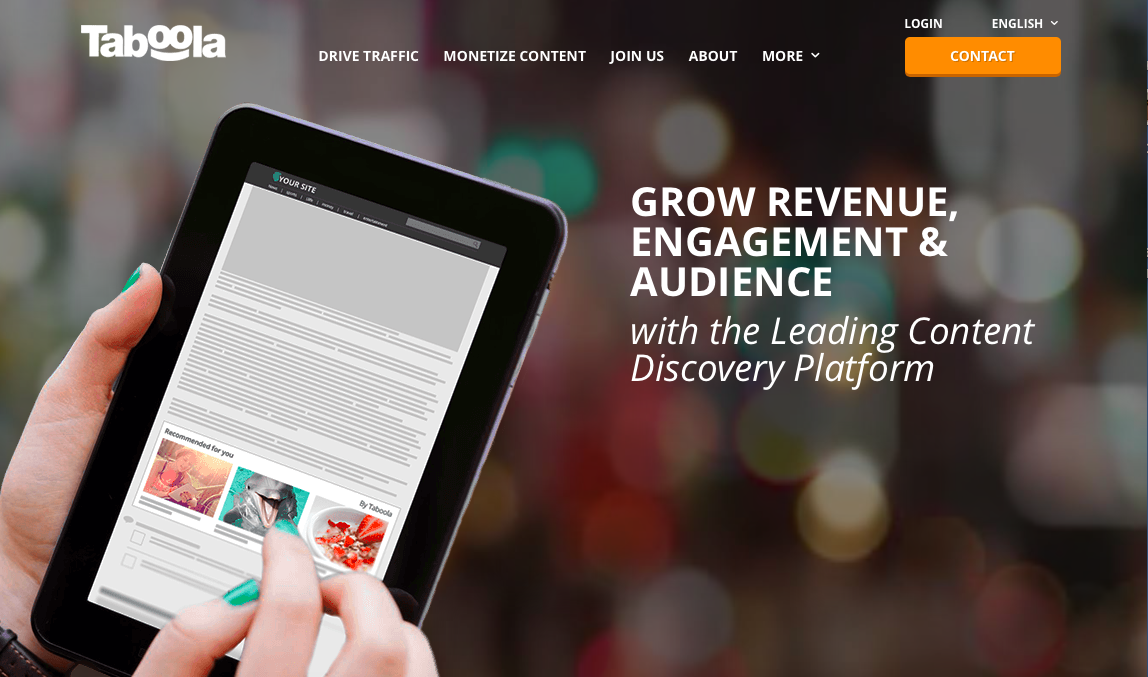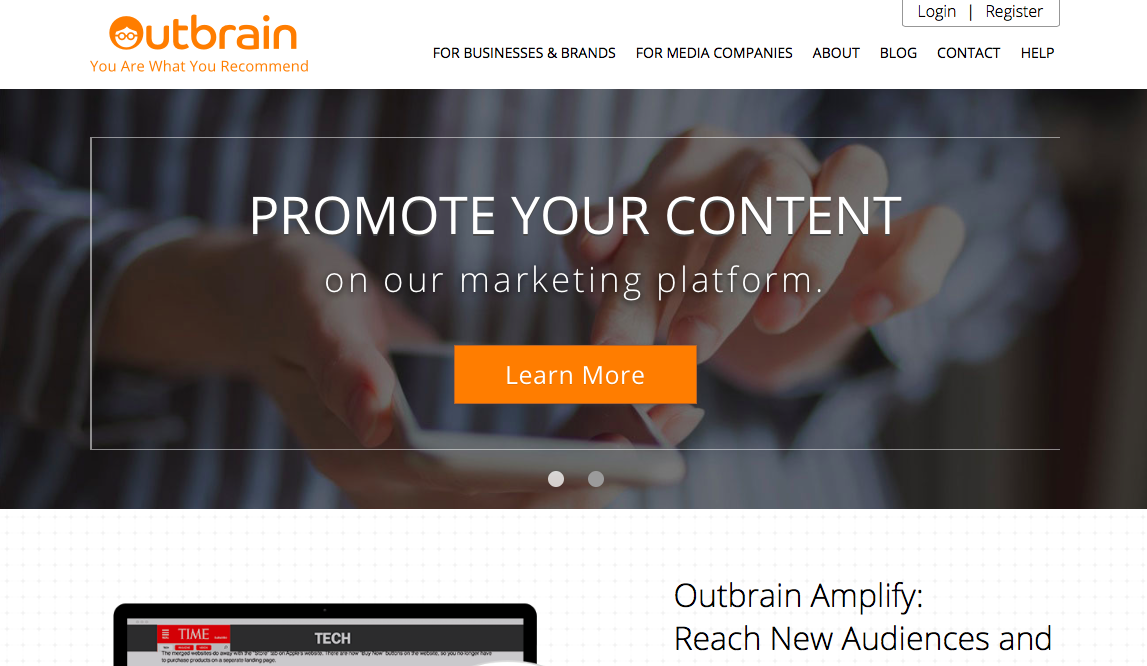This is the weekend edition of TheMarioBlog and will be updated as needed. The next blog post is Monday, March 21
As someone who has sat thru more media marketing meetings than I care to recall during the past four decades, I know that there is nothing new about newspaper publishers and editors’ desire to learn as much possible about what their audiences want.
Through focus groups, readers’ panels and phone calls (usually at dinner times), traditional newspaper marketing departments have done their duty, in some cases quite successfully, to find out as much as possible about the consumption habits of readers.
It is through those focus groups that I have heard the following statements echoed hundreds of times: “We must have separate sections for the newspaper, since husbands and wives enjoy reading the newspaper together at breakfast and he will take sports while she takes the lifestyle section”.“Whatever you do, don’t move the Garfield the Cat comic strip from the top right of the page,” and, let’s not forget, “If you drop Dear Abby, you will have 500 phone calls by 8 o’clock in the morning.”
But that was then, and now we have the technology to truly study the consumption habits of our audience. We can tell what platform they are using (mostly smartphones), what time they want to read certain stories (save that recipe for a good mojito for after 5 pm, closer to happy hour), and when they are ready for a longer read (try weekends).
In the past few days I have become aware of two relatively new platforms that exist to predict content patterns among consumers and deliver that information to publishers : Taboola and Outbrain. In addition, this week The Financial Times launched
Lantern, an editorial analytics dashboard for the newsroom. that will provide journalists with access to rich, real-time data.
Taboola

Taboola describes itself as follows:
“Content creates strong emotional connections with consumers and lowers customer acquisition costs. Taboola’s content discovery platform gets you the right audience optimized for your goals.”
Its job is to grow revenue and to increase engagement for audiences by predicting what users want to see, especially with videos. Taboola sees itself as more than a predictor of content, but a “connector of people” via content.
It claims as its clients such publishers as USA Today, NYTimes, TMZ, Politico.com, BusinessInsider, CafeMom, Billboard.com, Fox Television, Weather.com.
Outbrain

Outbrain sets out to promote content for publishers. More than predicting content, it recommends it:
“The best recommendations in life are usually those we ask for. What’s a great lunch spot in the neighborhood? Where should I take my family on vacation? What new music should I check out? But a great recommendation we haven’t asked for tends to be more rare. It’s a problem Outbrain aims to solve every day for people browsing the web. More than six billion times per day, actually.”
If content prediction is Taboola’s goal, content discovery is what Outbrain promises to do, including for a client as The Washington Post.
Outbrain provides those “Other stories from around the Web” recommendations at the bottom of articles. The company’s content discovery platform surfaces sponsored content to users from across the web, including relevant videos and stories tailored to the reader.
The platform gives publishers the ability to understand in real time how users engage with content, the company claims, allowing media companies to manage recommendations, understand and maximize the monetization of audiences.
The FT’s Lantern

The Financial Times’ launch of Lantern will provide journalists with data about how readers engage with stories, as opposed to relying on page views. Lantern will also allow for editors to get data on such areas as depth of scroll, time spent on page, traffic source, and device breakdown.
General editorial access to the dashboard is coupled with personalized, beat-specific analysis by the audience engagement team, allowing the newsroom to understand more about reader preferences and the impact of editorial decisions on audiences.
These are all tools that enhance an editor’s ability to keep track of how audiences engage, the type of stories they are consuming and even the time of day when posting certain stories will make them more successful.
I know many editors and marketing directors I have worked with who would welcome these new platforms with much enthusiasm.
Of (very) related interest
The FT is launching a new analytics tool to make metrics more understandable for its newsroom
“This tool and the functionalities we’ve structured into it are very much trying to…translate into journalese, into newsroom vernacular, all of the metrics of engagement.”
Does The Washington Post really have a bigger audience than BuzzFeed—probably not.
http://www.poynter.org/2016/does-the-washington-post-really-have-a-bigger-audience-than-buzzfeed-probably-not/402164/
“Now comes this eye-popping announcement from the Post: Not only did the paper maintain its lead over The New York Times in February, it's even surpassed Web giant BuzzFeed in terms of total pageviews. “